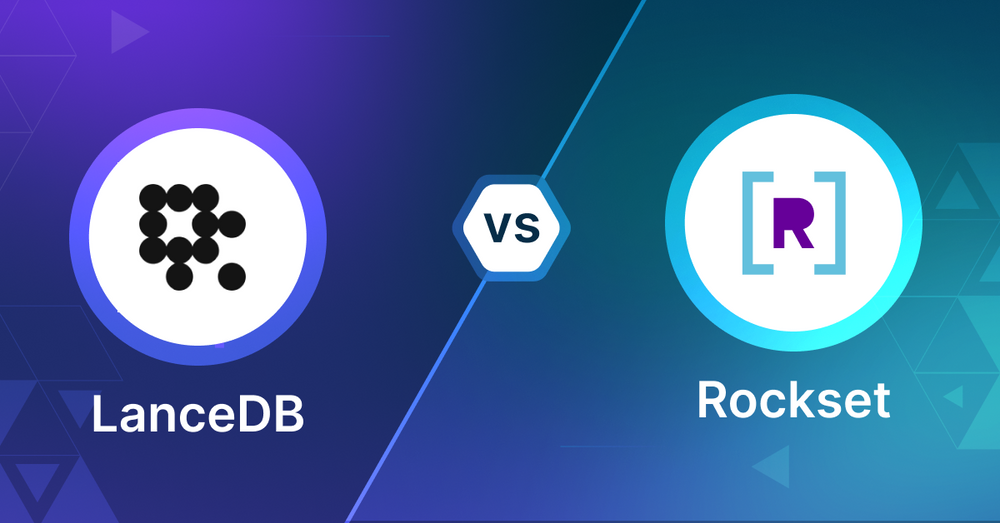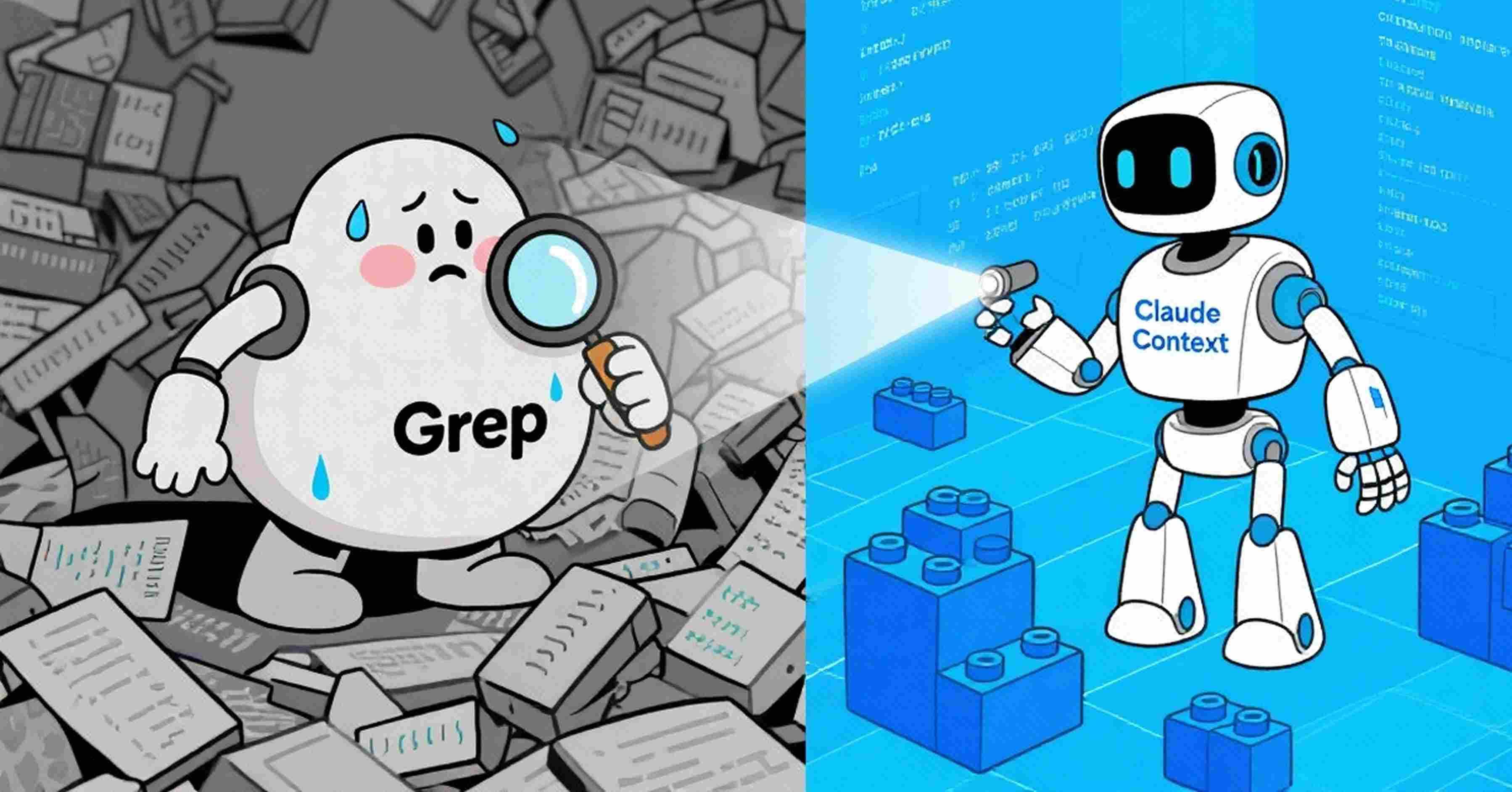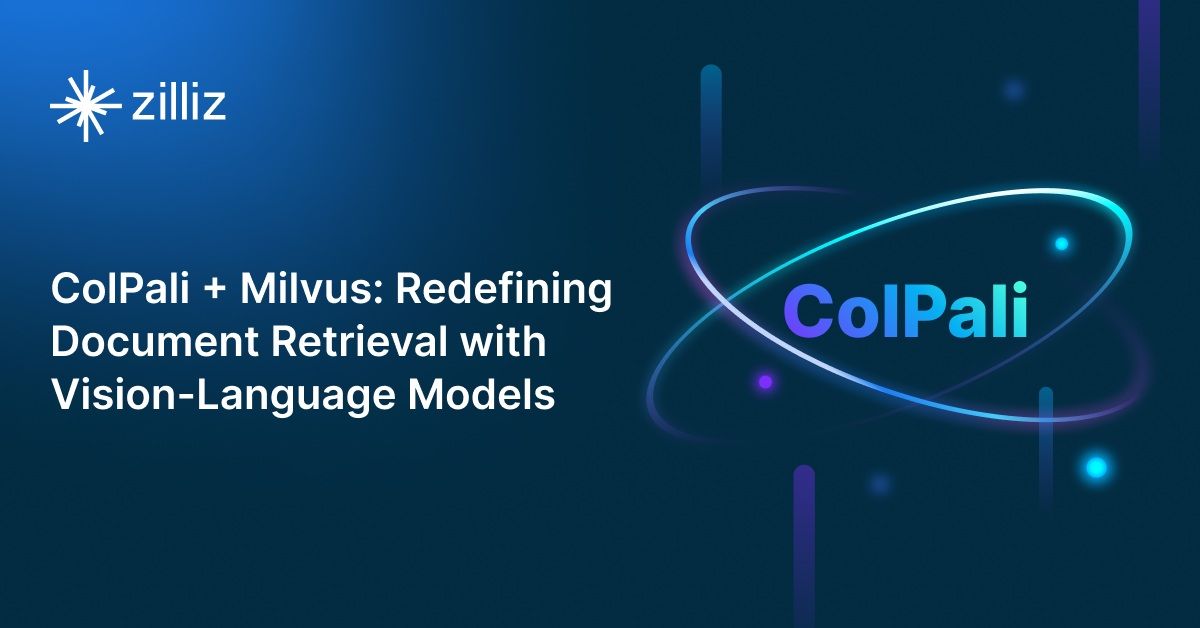LanceDB vs Rockset Choosing the Right Vector Database for Your AI Apps

What is a Vector Database?
Before we compare LanceDB and Rockset, let's first explore the concept of vector databases.
A vector database is specifically designed to store and query high-dimensional vectors, which are numerical representations of unstructured data. These vectors encode complex information, such as the semantic meaning of text, the visual features of images, or product attributes. By enabling efficient similarity searches, vector databases play a pivotal role in AI applications, allowing for more advanced data analysis and retrieval.
Common use cases for vector databases include e-commerce product recommendations, content discovery platforms, anomaly detection in cybersecurity, medical image analysis, and natural language processing (NLP) tasks. They also play a crucial role in Retrieval Augmented Generation (RAG), a technique that enhances the performance of large language models (LLMs) by providing external knowledge to reduce issues like AI hallucinations.
There are many types of vector databases available in the market, including:
- Purpose-built vector databases such as Milvus, Zilliz Cloud (fully managed Milvus)
- Vector search libraries such as Faiss and Annoy.
- Lightweight vector databases such as Chroma and Milvus Lite.
- Traditional databases with vector search add-ons capable of performing small-scale vector searches.
LanceDB is a serverless vector database and Rockset is a search and analytics database with vector search as an add-on. This post compares their vector search capabilities.
LanceDB: Overview and Core Technology
LanceDB is an open-source vector database for AI that stores, manages, queries and retrieves embeddings from large-scale multi-modal data. Built on Lance, an open-source columnar data format, LanceDB has easy integration, scalability and cost effectiveness. It can run embedded in existing backends, directly in client applications or as a remote serverless database so it’s versatile for many use cases.
Vector search is at the heart of LanceDB. It supports both exhaustive k-nearest neighbors (kNN) search and approximate nearest neighbor (ANN) search using an IVF_PQ index. This index divides the dataset into partitions and applies product quantization for efficient vector compression. LanceDB also has full-text search and scalar indices to boost search performance across different data types.
LanceDB supports various distance metrics for vector similarity, including Euclidean distance, cosine similarity and dot product. The database allows hybrid search combining semantic and keyword-based approaches and filtering on metadata fields. This enables developers to build complex search and recommendation systems.
The primary audience for LanceDB are developers and engineers working on AI applications, recommendation systems or search engines. Its Rust-based core and support for multiple programming languages makes it accessible to a wide range of technical users. LanceDB’s focus on ease of use, scalability and performance makes it a great tool for those dealing with large scale vector data and looking for efficient similarity search solutions.
Rockset: Overview and Core Technology
Rockset is a real-time search and analytics database for structured and unstructured data, including vector embeddings. Its sweet spot is ingesting, indexing and querying data in real-time so it’s great for applications that need up-to-the-second insights. Rockset supports both streaming and bulk data ingestion, can process high velocity event streams and change data capture (CDC) feeds in 1-2 seconds.
One of Rockset’s key features is Converged Indexing built on mutable RocksDB. This allows for in-place updates of vectors and metadata so it’s super efficient for scenarios where data changes frequently. Rockset can handle documents up to 40MB and supports vector dimensionality up to 200,000 so it’s good for a wide range of vector embedding use cases.
Rockset has vector search built into the core. It supports K-Nearest Neighbors (KNN) and Approximate Nearest Neighbors (ANN) search methods and uses a distributed FAISS index for scalability. Rockset is algorithm agnostic, so you can choose your own search implementation. The cost-based optimizer can dynamically choose between KNN and ANN search methods for optimal performance.
What’s unique about Rockset for vector search is the Converged Index which combines search, ANN, columnar and row indexes into one. This means you can handle a wide range of query patterns out of the box. Rockset also supports metadata filtering and hybrid search. The optimizer will choose the most efficient query path. Can search across multiple ANN fields, supports multi-modal models and has both SQL and REST APIs for query interface.
Key Differences
Search Methodology
LanceDB has vector similarity search with support for k-Nearest Neighbor (kNN) and Approximate Nearest Neighbor (ANN) search using an IVF_PQ index. This index partitions the data and applies product quantization for vector compression. LanceDB also supports hybrid search, combining semantic and keyword based search, making it perfect for complex use cases like recommendation systems and personalized search.
Rockset includes vector search in its Converged Indexing framework and uses a distributed FAISS index. This supports ANN and kNN search and allows dynamic optimization between the two for best performance. Rockset’s flexibility extends to multi-modal search and allows queries across different data types.
Data
LanceDB is great at multi-modal data, with embedded storage and scalar and full-text indexing. It handles structured, semi-structured and unstructured data and has robust metadata filtering.
Rockset is designed for real-time data ingestion and updates, including event streams and change data capture (CDC). Its mutable RocksDB foundation allows in-place updates for embeddings and metadata, perfect for dynamic, high-velocity data.
Scalability and Performance
LanceDB is scalable and supports embedded, serverless and existing backends. This means it’s good for local development to large scale applications.
Rockset is unique with its distributed architecture and real-time processing. It scales horizontally for big data and can handle high-throughput applications that need up-to-the-second results.
Flexibility and Customization
LanceDB has a developer friendly API, multiple language support and customizable search metrics (e.g. Euclidean distance, cosine similarity, dot product). It’s for developers who want fine grained control over search behavior and filtering.
Rockset has SQL and REST APIs and algorithm-agnostic vector search. Its cost-based optimizer automatically chooses the best query execution path so users don’t have to.
Integration and Ecosystem
LanceDB integrates well with AI and ML workflows, easy embedding and retrieval for search engines and recommendation systems. It’s open source so community contributions and extensibility.
Rockset integrates with major data pipelines including Kafka, Kinesis and Snowflake. It supports streaming data ingestion and real-time analytics so it’s perfect for applications that need low latency results.
Ease of Use
LanceDB is simple, clear documentation and easy to set up. It’s versatile so you can deploy it in different environments, embedded and serverless.
Rockset has a steeper learning curve due to its advanced indexing and query optimization features. But its documentation and SQL based query interface helps to mitigate this.
Cost
LanceDB is open source so it can reduce upfront costs, especially for teams that manage their own infrastructure. Running it embedded or serverless adds more cost efficiency.
Rockset is a managed service so it simplifies maintenance but can get expensive with big data or complex queries.
Security
Both have basic security features like encryption and authentication. Rockset has enterprise grade features like role based access control (RBAC) which may be required for compliance in regulated industries.
When to use LanceDB
LanceDB is great for developers and engineers building AI applications like recommendation systems or search engines that need vector similarity search at scale. With kNN and ANN search and hybrid search capabilities, it’s perfect for applications with complex search and filtering needs. Multi-modal data and open-source make it cost effective and embeddable for embedding centric workflows. And deployment flexibility (embedded, serverless or with existing backends) means it can go from local dev to production grade systems.
When to use Rockset
Rockset is great for real-time analytics and search especially when dealing with high velocity data streams or dynamic datasets. Converged Indexing (vector, columnar and full-text indexes) supports a wide range of query patterns so it’s perfect for applications that need low latency insights or a combination of vector search and structured data queries. Strong integration with popular data pipelines like Kafka and Snowflake makes it great for real-time operational dashboards or analytics workloads. For teams that want a managed service with enterprise grade security and scalability Rockset is a good choice.
Summary
LanceDB and Rockset are different tools for different use cases. LanceDB is great for embedding centric AI applications with its light weight and developer friendly design and flexible deployment options. Rockset is great for real-time analytics and diverse query patterns with its powerful indexing and managed service model. Ultimately it depends on your use case, what kind of data you have, performance requirements and operational setup. Evaluate your application’s needs and choose the tool that fits your goals.
Read this to get an overview of LanceDB and Rockset but to evaluate these you need to evaluate based on your use case. One tool that can help with that is VectorDBBench, an open-source benchmarking tool for vector database comparison. In the end, thorough benchmarking with your own datasets and query patterns will be key to making a decision between these two powerful but different approaches to vector search in distributed database systems.
Using Open-source VectorDBBench to Evaluate and Compare Vector Databases on Your Own
VectorDBBench is an open-source benchmarking tool for users who need high-performance data storage and retrieval systems, especially vector databases. This tool allows users to test and compare different vector database systems like Milvus and Zilliz Cloud (the managed Milvus) using their own datasets and find the one that fits their use cases. With VectorDBBench, users can make decisions based on actual vector database performance rather than marketing claims or hearsay.
VectorDBBench is written in Python and licensed under the MIT open-source license, meaning anyone can freely use, modify, and distribute it. The tool is actively maintained by a community of developers committed to improving its features and performance.
Download VectorDBBench from its GitHub repository to reproduce our benchmark results or obtain performance results on your own datasets.
Take a quick look at the performance of mainstream vector databases on the VectorDBBench Leaderboard.
Read the following blogs to learn more about vector database evaluation.
Further Resources about VectorDB, GenAI, and ML
- What is a Vector Database?
- LanceDB: Overview and Core Technology
- Rockset: Overview and Core Technology
- Key Differences
- Using Open-source VectorDBBench to Evaluate and Compare Vector Databases on Your Own
- Further Resources about VectorDB, GenAI, and ML
Content
Start Free, Scale Easily
Try the fully-managed vector database built for your GenAI applications.
Try Zilliz Cloud for FreeKeep Reading

Why I’m Against Claude Code’s Grep-Only Retrieval? It Just Burns Too Many Tokens
Learn how vector-based code retrieval cuts Claude Code token consumption by 40%. Open-source solution with easy MCP integration. Try claude-context today.

ColPali + Milvus: Redefining Document Retrieval with Vision-Language Models
When combined with Milvus's powerful vector search capabilities, ColPali becomes a practical solution for real-world document retrieval challenges.

Empowering Innovation: Highlights from the Women in AI RAG Hackathon
Over the course of the day, teams built working RAG-powered applications using the Milvus vector database—many of them solving real-world problems in healthcare, legal access, sustainability, and more—all within just a few hours.
The Definitive Guide to Choosing a Vector Database
Overwhelmed by all the options? Learn key features to look for & how to evaluate with your own data. Choose with confidence.